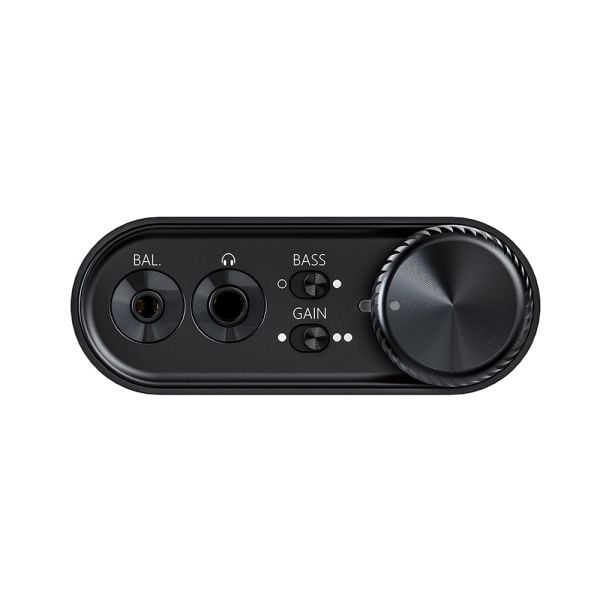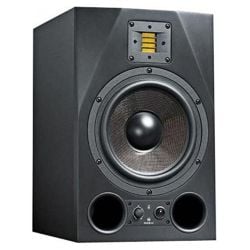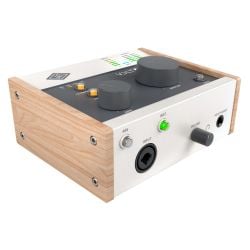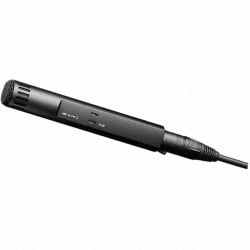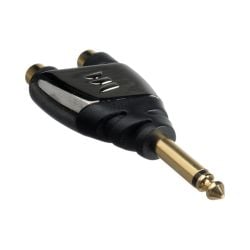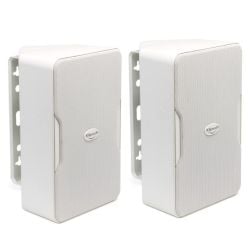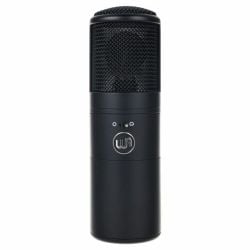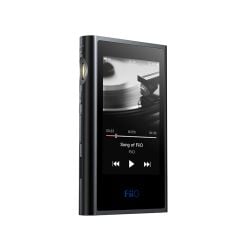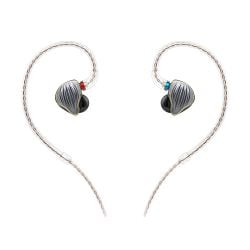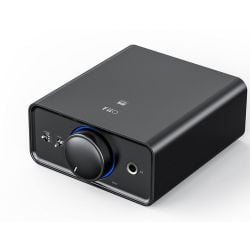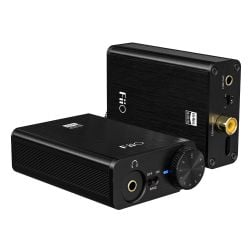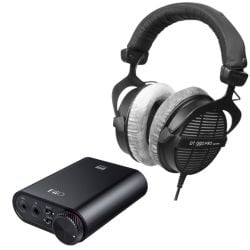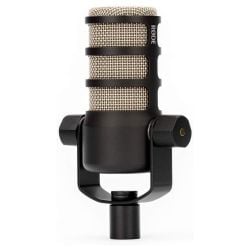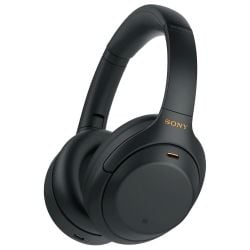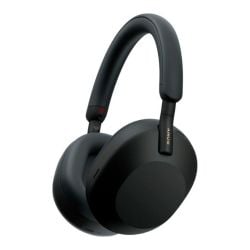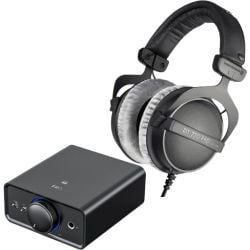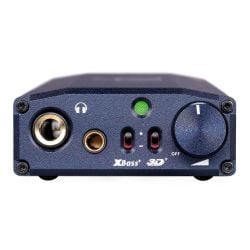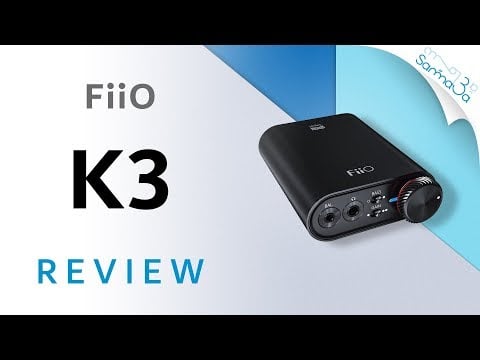FiiO K3s Pocket-sized Headphone Amplifier and USB-C DAC
The FiiO K3 is equipped with XMOS USB receiver chip that makes it capable of decoding up to 384kHz/32 bit PCM and native DSD256. The K3 is also equipped with dual crystal oscillators to ensure that audio signal that is fed to the DAC is accurate. Digital processing is carried out by AKM AK4452, while analog signals are handled and amplified by a design consisting of LPF/voltage amplification and current drive circuit. The op-amps used in the K3 are OPA926 known for its low-distortion, low-noise and high output together with professional-grade TI OPA1612 that acts as a low pass filter to ensure high quality output with a power of 320mW at 16ohms.
As most of the devices that comes out these days, the K3 is equipped with USB Type-C with over voltage protection and a double-filter circuit to ensure power supply stability. In addition, the K3 has gain and bass switches for variety of different headphones and users.
- Coaxial and Optical Digital Output
- Line out connector
- ADC Volume Control
- AKM AK4452 DAC Chip
- XMOS USB Receiver chip
Recommended Products
Customer Also Viewed
Samma3a Review
Technical Specification
- USB: Type C (data transfer)
- PO-single-ended: 3.5mm
- PO-balanced: 2.5mm
- LO output 3.5mm port
- Optical output SC
- Coaxial output RCA
- Volume knob Power on/off+Volume adjustment
- USB Audio:
- USB1.0 supports 44.1/48/88.2/96kHz;
- USB2.0 supports 44.1/48/88.2/96/176.4
- /192/384kHz and DSD64, DSD128, DSD256
- GAIN 6dB per level; ON/OFF
- BASS ON/OFF
- Indicator light:
- Sampling rate indication:
- ≤48kHz: blue light;
- >48kHz: yellow light
- DSD: green light
- XMOS: XUF208-256-TQ64
- MCU UM8005
- DAC ES9038Q2M
- LPF SGM8264-2
- Switch for driver-free mode Yes
- USB Audio Mode UAC2.0/UAC1.0
- AMP voltage ±4.3V
- Housing material Aluminium alloy
- Color Black
- Dimensions Approx. 70.2*58*22mm
- Weight Approx. 82g
- Output Power (THD<1%):
- PO 114mW(32Ω
- BAL 200mW(32Ω)
- SNR (G=H, A-weighted+Low pass):
- PO 121dBr
- BAL 120dBr
- Noise floor (G=H, low pass):
- PO ≤4μV
- BAL ≤6μV
- LO ≤3μV
- Crosstalk (1kHz, 32Ω):
- PO 79dB
- BAL 109dB
- LO 91dB
- Output Level (THD<1%, 32Ω):
- PO 1.9V
- BAL 2.6V
- LO 1.95V
- THD+N (G=H, 1kHz 32Ω):
- PO 0.002%
- BAL 0.003%
- LO 0.002%
- Frequency response (Tone OFF 1/8 rated power):
- PO 0.13dB, 5dB bass boost
- BAL 0.13dB, 5dB bass boost
- LO 0.2dB
- Warranty: 1 year
What Is In The Box
- FiiO K3s
- Type-C USB Cable
- User Guide
Videos
Manufacture Description
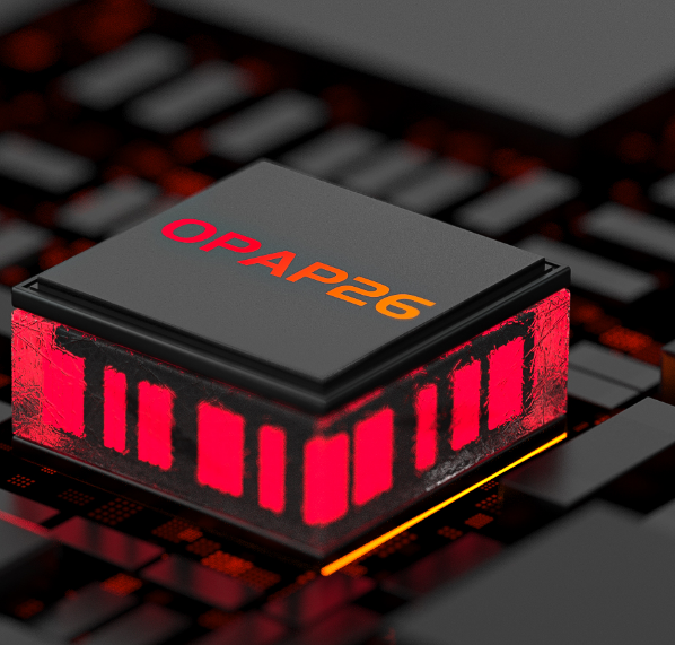
Great "core" improvement
The new K3 employs the flagship portable ESS DAC, the ES9038Q2M. Compared to the AK4452, the signal-to noise ratio has increased by 14dB and distortion has reduced by 13 dB. The circuit design implementing this DAC has been optimized for a low noise floor and clean sound.
SNR increased by 12% Distortion (THD+N) reduced by 12%
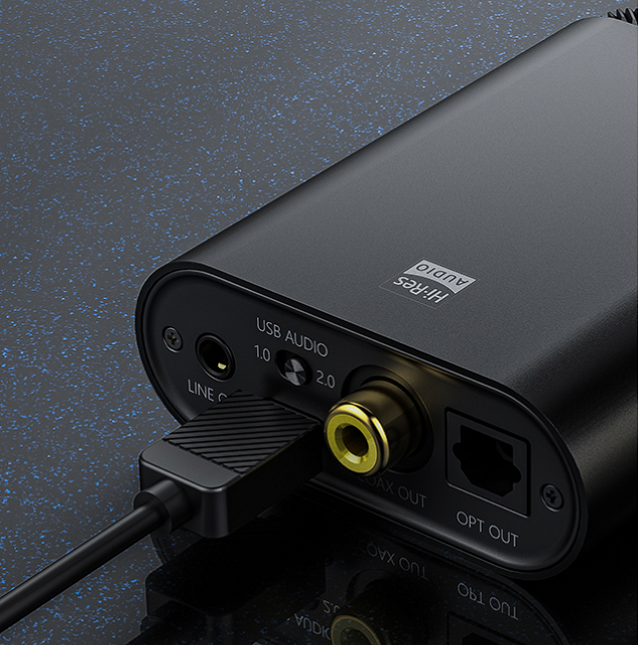
Simply reliable USB power
The new K3 adopts the modern USB Type-C Input Interface for a more reliable and stable connection, including that of power. However, care to ensure an uncompromised power supply doesn't stop there - the new K3 implements overvoltage protection (OVP) and a double-filter circuit to ensure power supply stability, while the digital and analog audio circuits each get their own power supply to greatly reduce crosstalk.
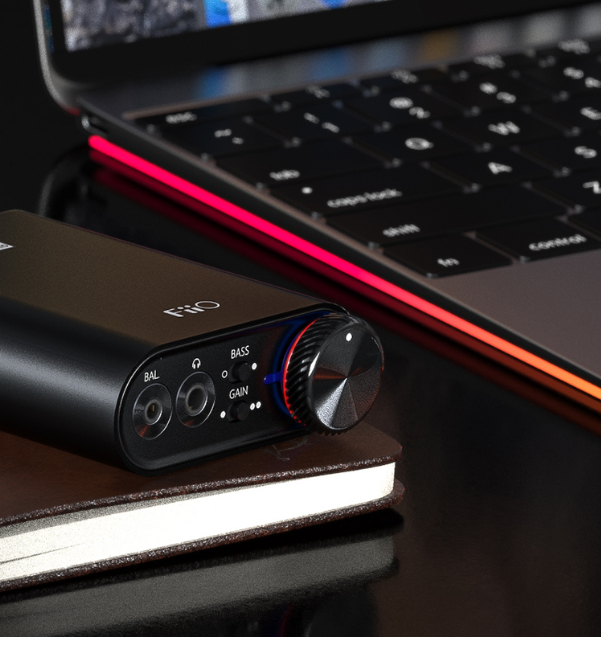
Low and High gains ADC volume control
The switch for high and low gain meets your listening volume needs of delicacy and large dynamics. Plus an ADC volume control, the user is able to smoothly adjust the volume to a more accurate and finer degree, allowing the new K3 to be used with headphones of all kinds of sensitivity to really make your songs, games, and movies come to life.
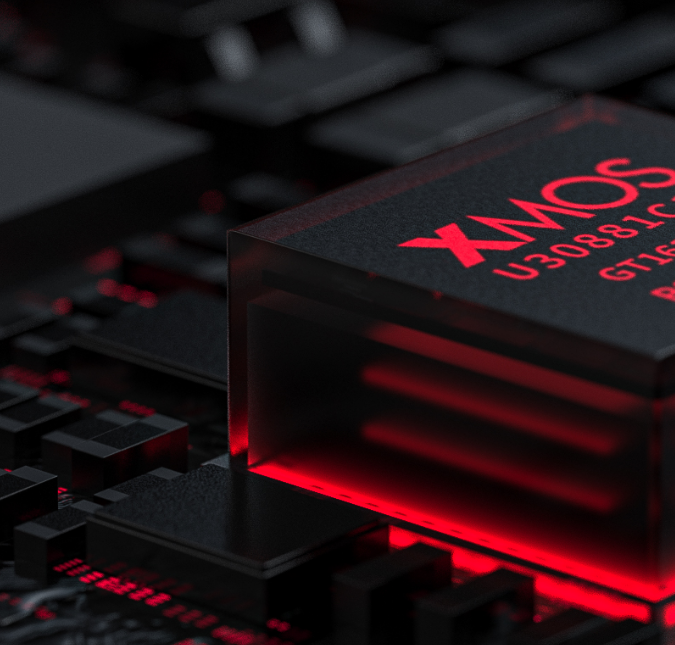
Elevate your computer with powerful decoding
Just connect the new K3 to your computer via USB to instantly upgrade to high-fidelity sound, and enjoy your music the way it was meant to be heard. Equipped with an XMOS USB receiver chip, the new K3 is capable of decoding up to 384kHz/32 bit PCM and native DSD256- the same as many DACs costing much more. The new K3's dual crystal oscillators ensure that any digital audio signals being fed into the DAC are exactly correct for further enhanced sound quality.
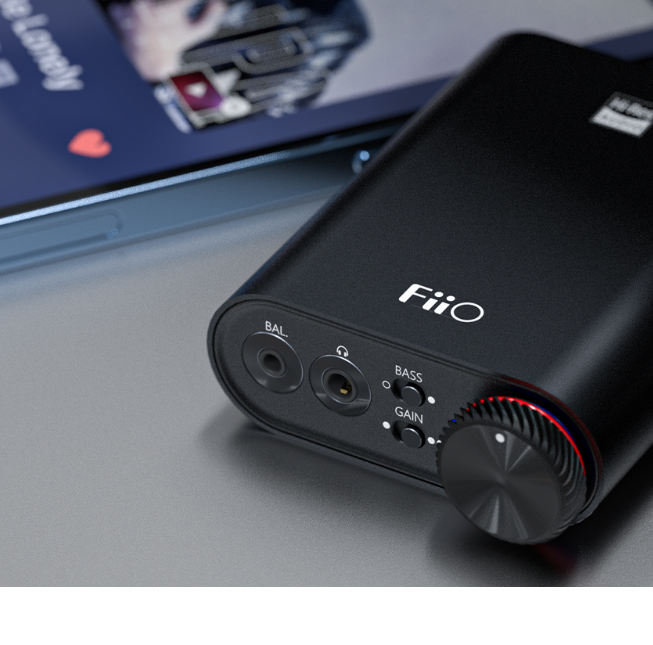
Tiny round goodness in the palm of your hand
The all-aluminum black body has been painstakingly CNC-machined, anodized, and sandblasted to ensure that the new K3 feels robust yet perfectly textured for a great feel in your hands. Combined with its small size, you can easily take the new K3 wherever you need to.

Two modes for many situations
Sometimes, you may not have access to a device that can connect to the new K3 via USB Audio Class 2. In these situations, you can go to USB Audio Class 1 mode with just the flick of a switch.
*Using the 2.0 mode requires downloading and installing the FiiO USB driver After switching USB modes, you need to either turn the new K3 off and on, or unplug and plug in the USB cable.
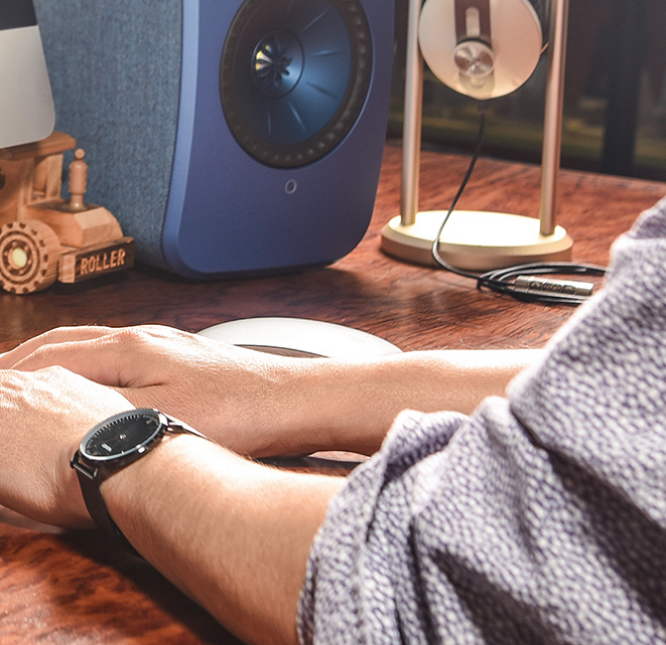
Different connection options for different scenarios
Connect it to a desktop computer Use the driverless 1.0 mode for business trips Make it a digital turntable connected to an external decoder Connect it to a speaker, using the New K3 as a DAC
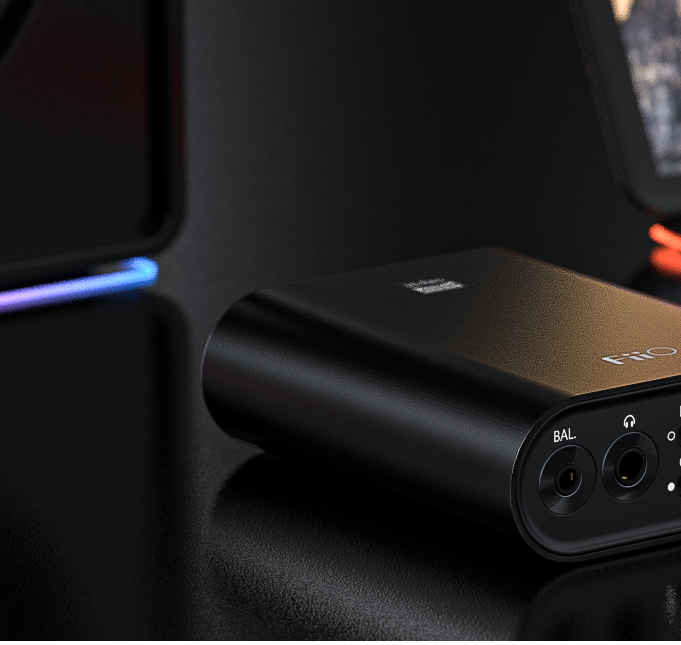
A distinctly cohesive tactile audiovisual experience
The volume knob, with 45° notches etched onto its surface and perfectly sized to allow easy one dinger operation, is designed to perfectly blend in with the curves of the new K3 body for a distinctive touch. Next to the volume knob is an RGB light that indicates what kind of digital audio is being input to the new K3, visually confirming what you are hearing in your music.
48kHz sampling rate and below - Blue Above 48kHz sampling rate - Yellow
DSD - Green
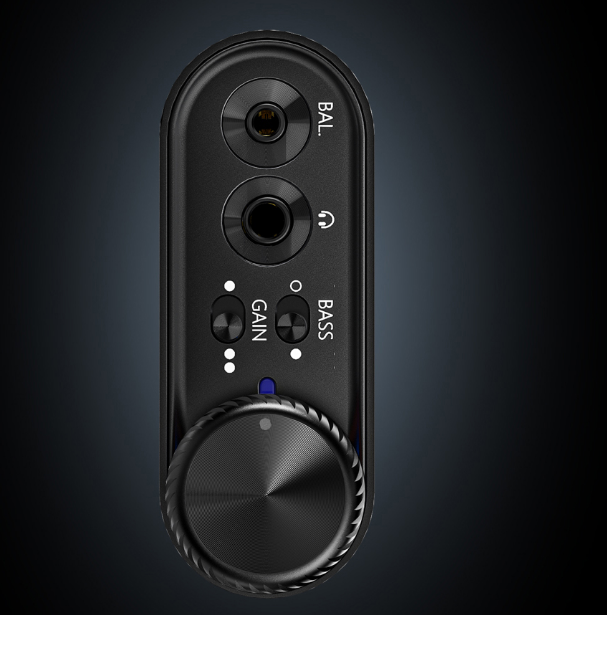
Dual headphone jacks
Being optimized for indoor desktop use, the new K3 is equipped with both 3.5mm single-ended and 2.5mm balanced headphone jacks. Both outputs have audio jack detection, which means that when headphones are inserted into the balanced out, balanced boost automatically kicks in resulting in about a 50% output power increase compared to the single-ended out.
 BHD
BHD JOD
JOD KWD
KWD LBP
LBP OMR
OMR QAR
QAR USD
USD AED
AED





